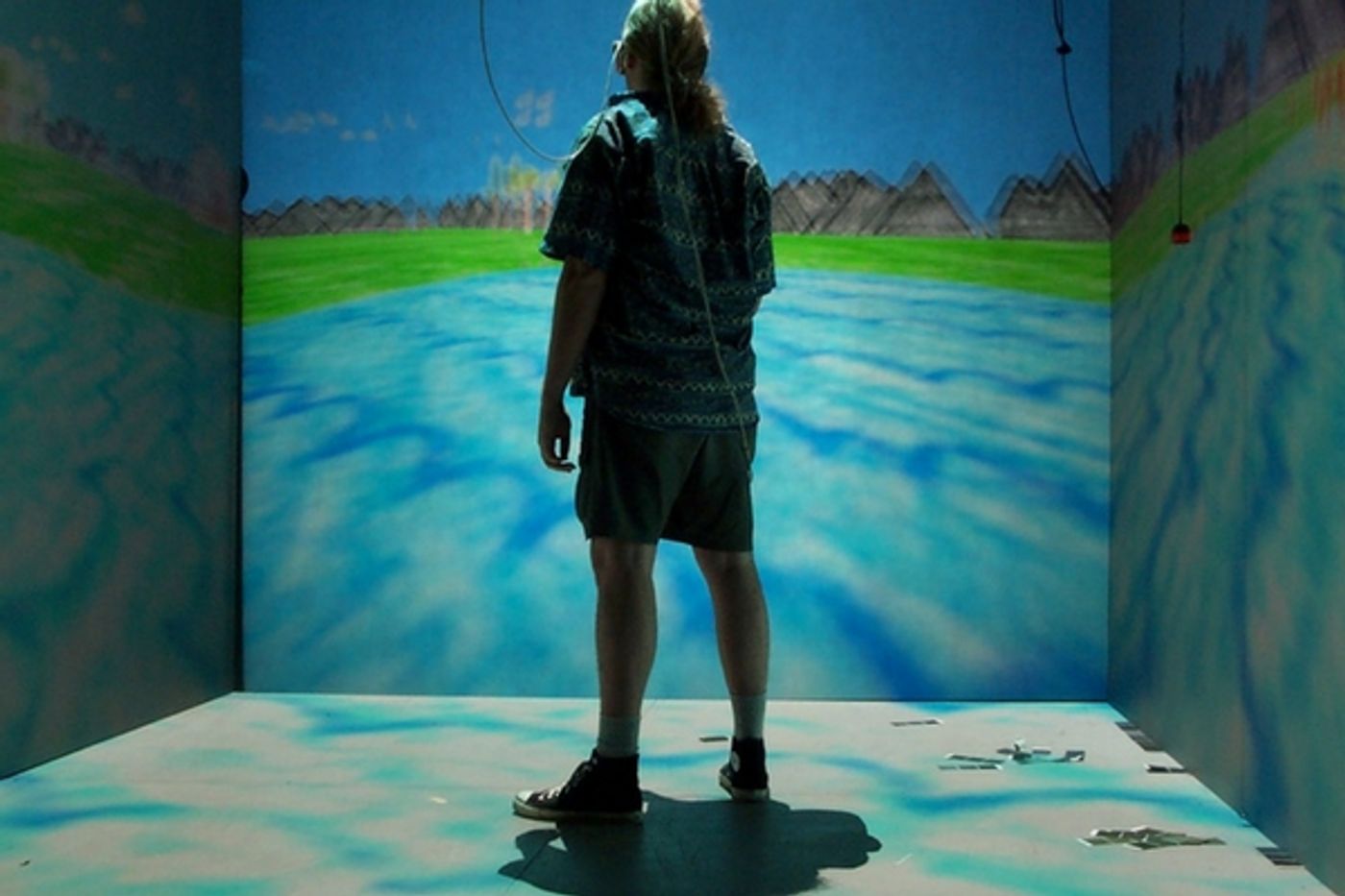The numbers on the incidence of strokes are pretty scary. In the United States, stroke is the third leading cause of death. Each year about 140,000 people will die from a stroke. About 795,000 people total will suffer a stroke each year and that number is expected to rise. Worldwide 15 million people a year will suffer a stroke, 5 million of those will die and another 5 million will have a permanent disability as a result. For those that do survive, the recovery from a stroke is a long and arduous process, involving hours of physical therapy, doctors visits and special care.

One of the best ways to regain certain movements after a stroke, such as fine motor skills and hand/eye coordination is therapy that involves repetitive motion of the affected areas. The problem with that kind of therapy is that it gets boring for patients and compliance suffers. Add to that the burden of getting patients to and from physical therapy, which often falls on family members and the recovery period can be fraught with difficulty and lose effectiveness. A program that’s the result of a collaboration between the Seoul National University Hospital and Microsoft Research Asia may be able to change that. Using the Microsoft Kinect gaming system, stroke patients can complete some of their rehab at home, using a program called Stroke Recovery with Kinect that researchers have developed.
The world of virtual reality technology (VR) has become part of stroke recovery all over the world. In the UK, the US, Spain, France and Asia several universities and neuroscience labs are working on different video games and VR applications that aid stroke recovery. VR apps are being used to help patients recover speech, fine motor movements, social skills and so much more.
Professor Nam-Jong Paik of Seoul National University, who is principal investigator of the project said, “Most people who suffer a stroke experience paralysis in their arms and legs. They can do the therapy at home by using Microsoft’s Kinect—without coming to the hospital—and we can measure their recovery level. Since it’s like a game, patients also have fun while rehabilitating at home.”
The prototype Stroke Recovery with Kinect system was built by using the Microsoft Kinect for Windows software development kit (SDK). With the Kinect 3D camera, the system can capture a patient’s movements at 48 different skeletal points while the therapy exercises are being performed. Stroke Recovery with Kinect then parses this data to assess the progress of each patient individually. Much like “leveling up” in a video game, the system keeps track of how far each patient goes and then sets goals in subsequent sessions to keep patients moving forward in their recovery. The software interprets the movement data, enabling the system to measure and evaluate the patient’s movements and assess their rehabilitation progress.
There are three components to the system, a box and block test measuring the ability of the patient to pick up a block and place it in a designated box, a target pose component where patients are asked to imitate the pose of an onscreen example and an outer space game that improves reaction time and reflexes in a fun way of maneuvering a space ship through the galaxy.
Because it’s home based, it’s easier on caregivers and reduces hospital costs. Future plans are to integrate a social networking component so patients can communicate with others going through the same rehab. Check out the video below to see the program in action.
Sources:
Microsoft Asia,
PSFK.com,
Stroke Center


















































